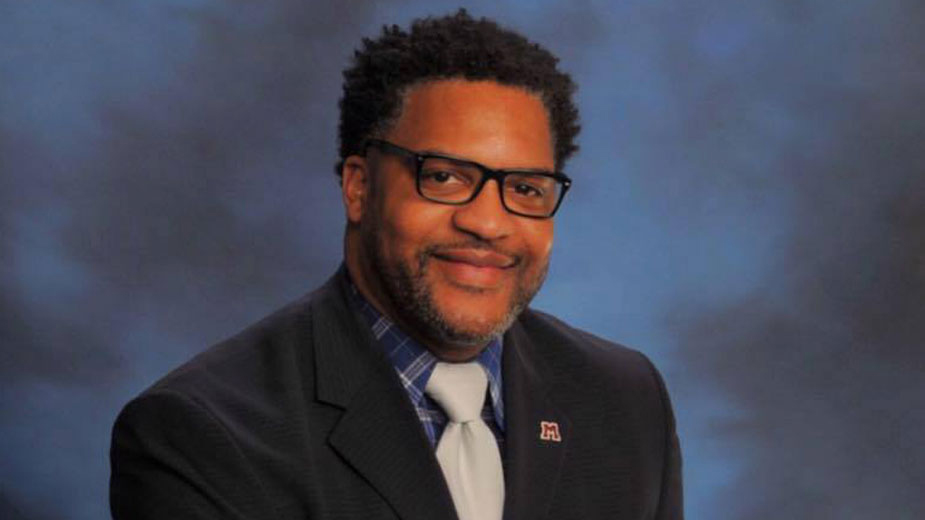YOUNGSTOWN, Ohio – Justin Jennings would like nothing more than to bring students back into school in just a few weeks.
But after talking with other school districts and reviewing guidance published by University Hospitals and the Cleveland Clinic, the CEO for the Youngstown City School District determined remote learning was the best option for keeping faculty, students and their families safe amid the coronavirus pandemic.
More than 30% of the district’s staff is in the vulnerable age range for contracting COVID-19, the disease spread by the coronavirus. Others have underlying health issues, such as asthma and heart disease, he says. Going online minimizes the chances of exposing them to the virus.
One staff member died after contracting the disease during public meal distributions, Jennings says. The individual was older and had underlying health problems, he says, but with that person’s death the district isn’t taking any risks.
“When you have someone who’s a carrier mixing with somebody who could be high-risk, it’s the makings for a disaster,” he says.
If city schools were to open, there’s the possibility that a spike in cases would force them to close and shift to online. Having gone through that once, Jennings says it’s easier to begin online and transition to in-school learning than the other way around.
“We know how to start school regular. But we’ve never had to start school online,” he says. “If we start [in school] and we have to go back online and we haven’t really worked and focused on that during the summer, then it’s going to be a struggle like it was in March.”
Jennings also considered the toll the pandemic has taken on inner city populations. And while “some people will make it a race thing, it’s really a socio-economic thing,” he says. Particularly, inequities in access to health care led the district to exercise more caution.
To improve access, the district is using Cares Act monies to establish clinics at Chaney and East high schools, which will provide COVID-19 testing and other health care needs, Jennings says. He hopes to have the clinics open by the time school starts.
To prepare for the year, the district is providing teachers with training on Google and Apple platforms and will allow them to still teach their online classes from the school building, he says. Working from home is also an option.
To help bridge the digital divide among the district’s families, Youngstown schools used funding from the Cares Act to buy devices for “scholars in need,” Jennings says. He’s also working with AT&T, T-Mobile and Verizon to provide high-speed internet access at an affordable rate.
“We’re negotiating right now with those companies to make it affordable for us. But also when we get finished to continue that affordability for our parents,” he says. “Whether people like it or not, technology and online learning is not going away.”
The district’s decision has attracted families from other districts that prefer online learning, according to Jennings. He says the district is preparing for “an influx of parochial students and charter students” and others, with initial projections counting anywhere from 200 to 300 new students.
Remote learning doesn’t mean a lack of accountability, he emphasizes. Staff, principals, teachers and new grant-funded Youth Safety Advocates are responsible for tracking attendance, making sure students are getting online and holding them accountable if they don’t.
“We are going to hold our scholars and families accountable for the work and the grade,” Jennings says. “If they don’t do the work, they won’t get a grade. They’re going to fail and they’ll be in the same grade next year.”
Pictured: Justin Jennings, CEO of Youngstown City School District.
